What Are the Symptoms of a Worn Steering Rack or Tie Rods?
Highlights:
- Worn steering racks or tie rods can cause uneven tire wear, loose handling, and clunking noises.
- Early detection prevents unsafe driving conditions and costly suspension damage.
- Hydraulic and electric steering systems show similar warning signs with unique pressure or feedback issues.
- Professional diagnostics at TLS Auto Specialist in Euless, TX, ensure precise steering component evaluation.
- Ignoring these symptoms may lead to steering failure and increased accident risk.
Understanding the Role of Steering Racks and Tie Rods
Your vehicle’s steering system depends heavily on two main components — the steering rack and the tie rods. The rack translates the steering wheel’s motion into directional movement, while the tie rods connect the rack to the wheels. Together, they allow precise handling and stability. When either part wears out, steering feedback diminishes and the driver may lose control. According to Universal Technical Institute, worn steering components can cause drift, stiffness, and vibration that worsen over time if not addressed promptly.
Common Early Warning Signs
One of the first indicators of trouble is looseness or play in the steering wheel. When you turn, you might notice a delay before the tires respond. This delay often stems from worn internal gears within the steering rack or slack in the tie rods. You might also feel excessive vibration through the steering wheel, especially when driving over bumps. Early signs may seem minor, but over time they signal deeper wear that affects alignment, stability, and driver confidence on the road.
Noise and Feedback Issues
Unusual sounds like clunking, knocking, or squeaking when turning are classic indicators of steering component wear. The noises usually result from metal-on-metal contact as protective bushings deteriorate. You may also experience inconsistent resistance — where the wheel feels light in one direction and stiff in another. According to MOOG, these feedback inconsistencies can signal damaged tie rods, worn rack bushings, or low steering fluid in hydraulic systems. Persistent noise means the steering assembly is struggling to maintain alignment and needs professional inspection.
FAQ
What does a bad tie rod sound like?
It often creates a clunking or knocking sound when turning or hitting bumps.
Can I still drive with a worn steering rack?
While possible, it’s unsafe — loss of steering precision can increase crash risk.
How long do tie rods typically last?
On average, tie rods can last 50,000 to 100,000 miles depending on driving conditions and maintenance.
Steering Wheel Vibrations and Pulling
A vibrating or “wandering” steering wheel often points to uneven tie rod wear or a misaligned steering rack. If your car pulls to one side even after alignment, internal rack damage might be to blame. The vibration increases at highway speeds and can make the vehicle harder to control. Over time, this strain affects tire wear and suspension balance. Drivers in Euless, TX, can visit TLS Auto Specialist to have precision alignment and steering inspections performed using digital calibration tools to detect even subtle internal rack wear.
Fluid Leaks and Hydraulic Issues
For vehicles equipped with hydraulic power steering, fluid leaks around the rack seals are a major red flag. The rack’s internal seals wear out over time, allowing power steering fluid to seep into the boots or drip beneath the vehicle. Low fluid levels make steering heavy and noisy. According to Automobile Association, a leak in the power-steering system — such as around the rack or its hoses — can lead to increased effort when turning and rising repair costs. A professional technician can identify whether the leak originates from the rack itself or related hoses and fittings.
Handling Instability and Tire Wear
Excessive tire wear — especially on the inner or outer edges — is a common symptom of worn tie rods. Since tie rods control wheel alignment, any looseness translates directly into uneven contact with the road. This misalignment also causes instability during cornering or braking. Drivers might notice a “wandering” sensation on straight roads, requiring constant correction. Consistent tire inspections and wheel balancing are essential to catch these alignment issues early before they escalate into full steering system failure.
FAQ
Can worn tie rods affect alignment?
Yes, damaged tie rods directly cause poor alignment and uneven tire wear.
Why is my steering fluid low so often?
Frequent fluid loss may indicate internal rack seal leaks or line damage.
Is it expensive to replace a steering rack?
Replacement costs vary but often range from $800 to $1,500 depending on make and model.
Electronic Power Steering and Newer Vehicles
Modern vehicles often use electronic power steering (EPS) instead of hydraulic systems. EPS systems rely on sensors and motors that can still fail from worn mechanical linkages or damaged racks. When the rack begins to wear, the system may display warning lights or exhibit erratic assist behavior. Inconsistent steering resistance or complete loss of assist during turns signals internal failure. Technicians at TLS Auto Specialist in Euless, TX, use diagnostic scanners to read EPS fault codes and determine whether the issue originates in the rack, tie rods, or electric control module.
When to Replace vs. Repair
Minor wear, such as outer tie rod looseness, can often be resolved by replacing individual components. However, internal rack wear or seal failure typically requires full replacement. Continuing to drive on worn steering parts increases stress on the suspension and can compromise braking performance. Professional evaluation helps determine whether the damage is isolated or systemic. Replacing both tie rods together is usually recommended to maintain balanced steering geometry and prevent premature tire or rack wear after service.
Safety and Performance Implications
Steering performance directly affects vehicle safety. A compromised rack or tie rod can cause sudden loss of control, especially during evasive maneuvers or high-speed driving. The National Highway Traffic Safety Administration emphasizes that steering integrity is as critical as braking when it comes to preventing crashes. Prompt inspection of symptoms such as looseness, noise, or leakage ensures the system remains reliable. Routine maintenance and alignment services not only improve steering feel but also extend the lifespan of related components like struts and ball joints.
FAQ
Can steering problems cause uneven braking?
Yes, poor alignment from worn tie rods can shift brake pressure unevenly across wheels.
What happens if I ignore a bad steering rack?
You risk total steering failure, tire blowouts, and suspension damage.
How do I know if my car needs a professional alignment?
If your vehicle drifts, the steering wheel sits off-center, or tires wear unevenly, it’s time for inspection.
Professional Diagnosis
Detecting the early symptoms of a worn steering rack or tie rods can prevent major repair costs and keep your vehicle safe. Whether you drive a compact sedan or a heavy-duty truck, maintaining steering accuracy protects both you and your passengers. Scheduling regular inspections, especially after hitting curbs or potholes, is crucial for long-term performance. For drivers in Euless, TX, TLS Auto Specialist offers expert diagnostics and repair services for both hydraulic and electronic steering systems, ensuring smooth handling and dependable road control.
Preventive Maintenance and Long-Term Care
Regular steering inspections can significantly reduce the likelihood of sudden component failure. Over time, dust, heat, and road contaminants accelerate wear on seals, bushings, and tie rod ends. Steering and suspension systems should be checked at least once a year or every 12,000 miles to maintain safe handling. Preventive maintenance — including fluid flushes, boot replacements, and periodic alignments — keeps the system responsive and prevents costly breakdowns. Routine service at trusted facilities like TLS Auto Specialist in Euless, TX ensures your steering system performs reliably, extending the lifespan of both the rack and the tie rods.
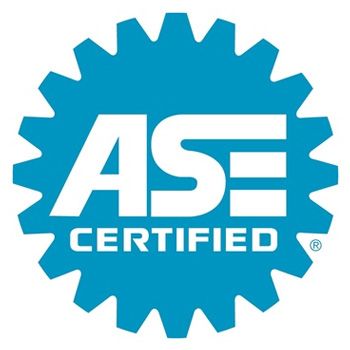

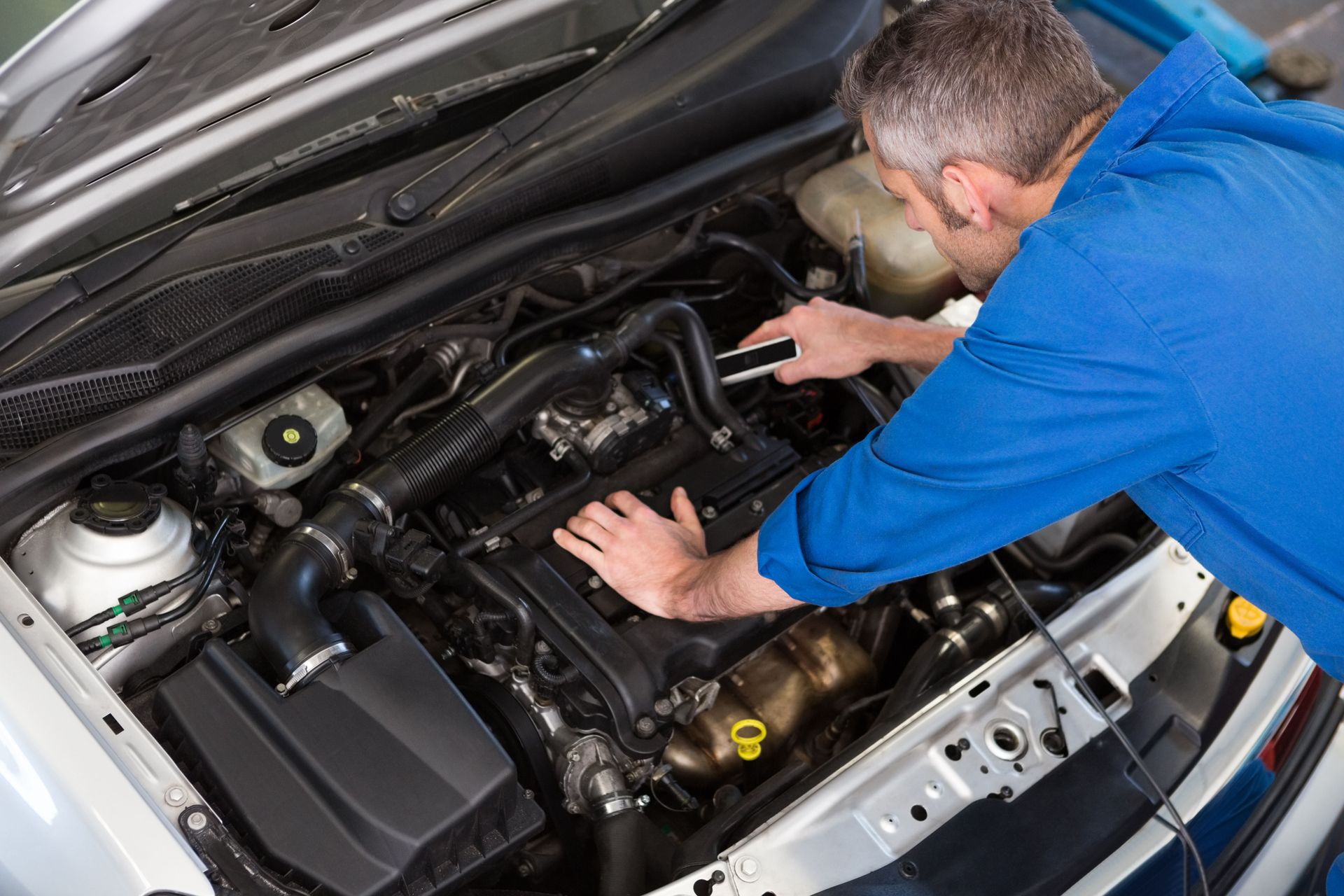
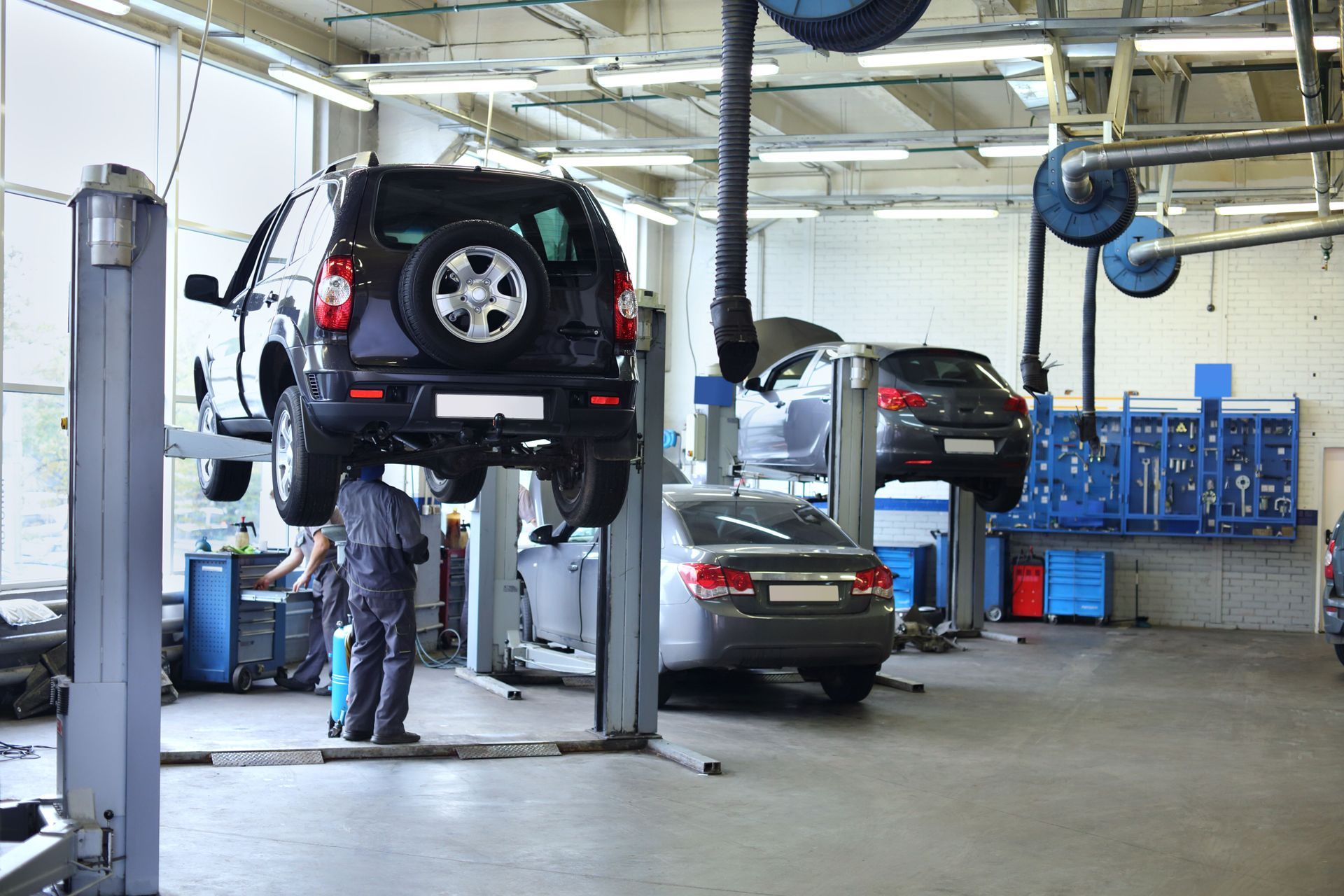
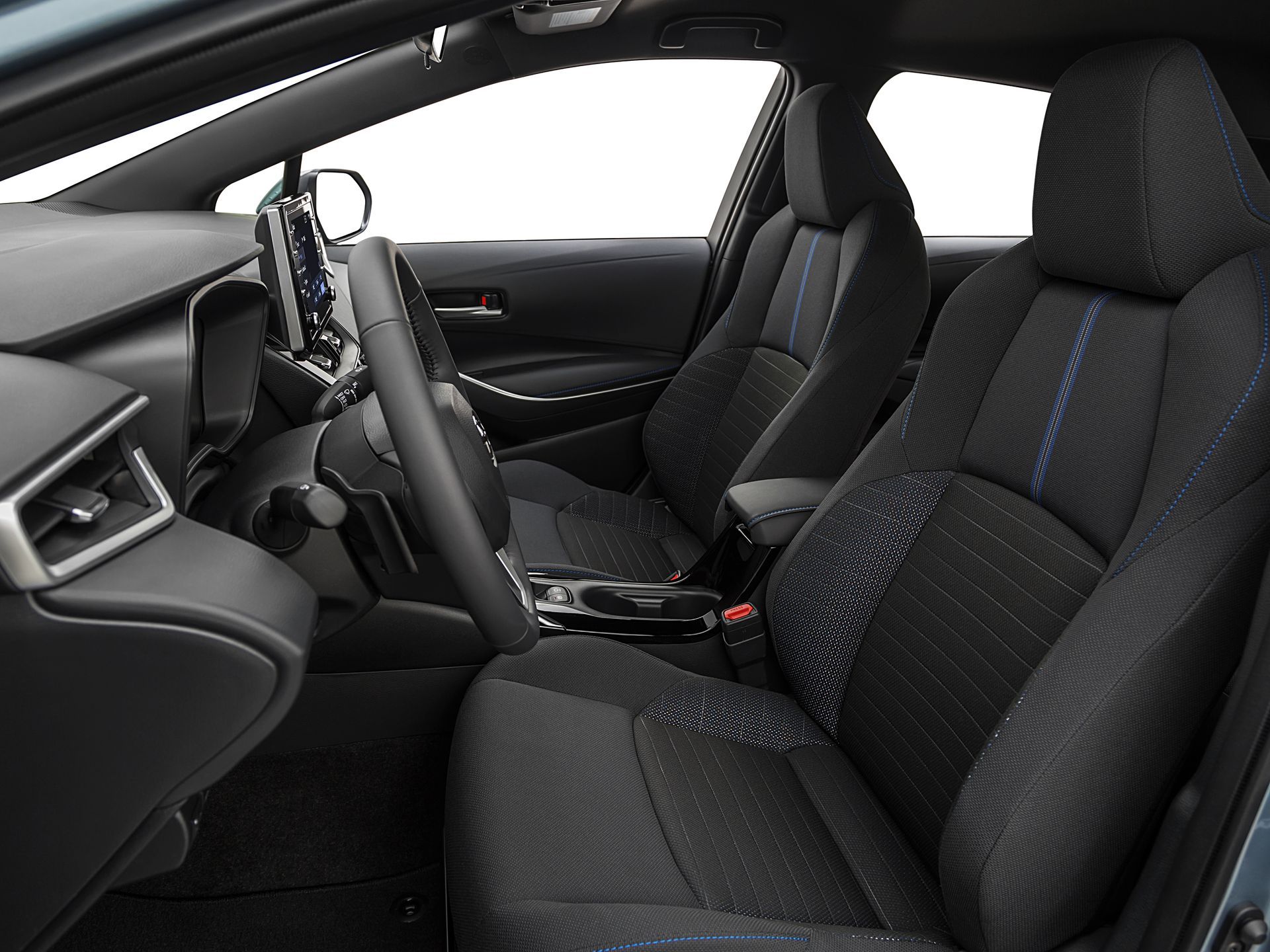

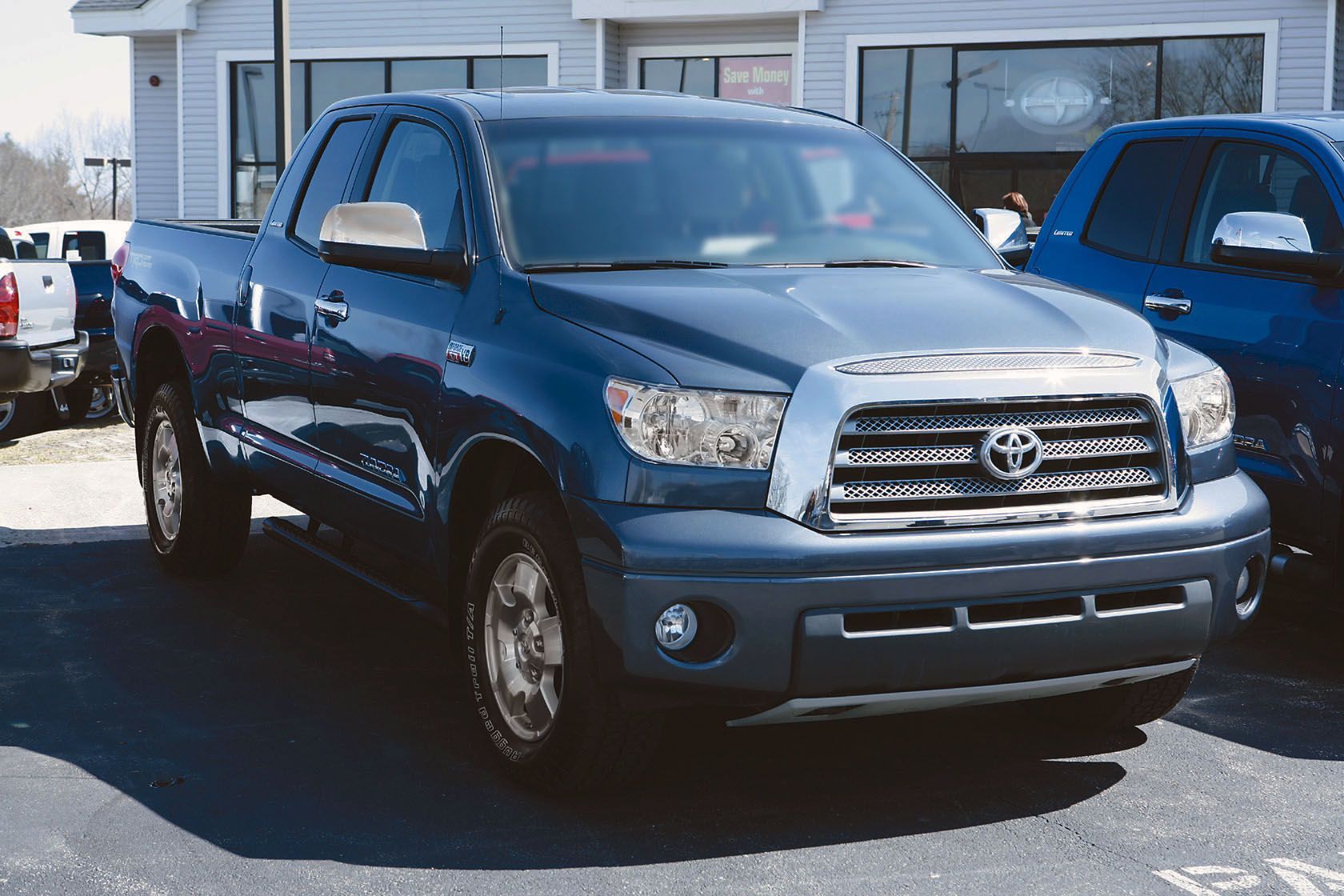

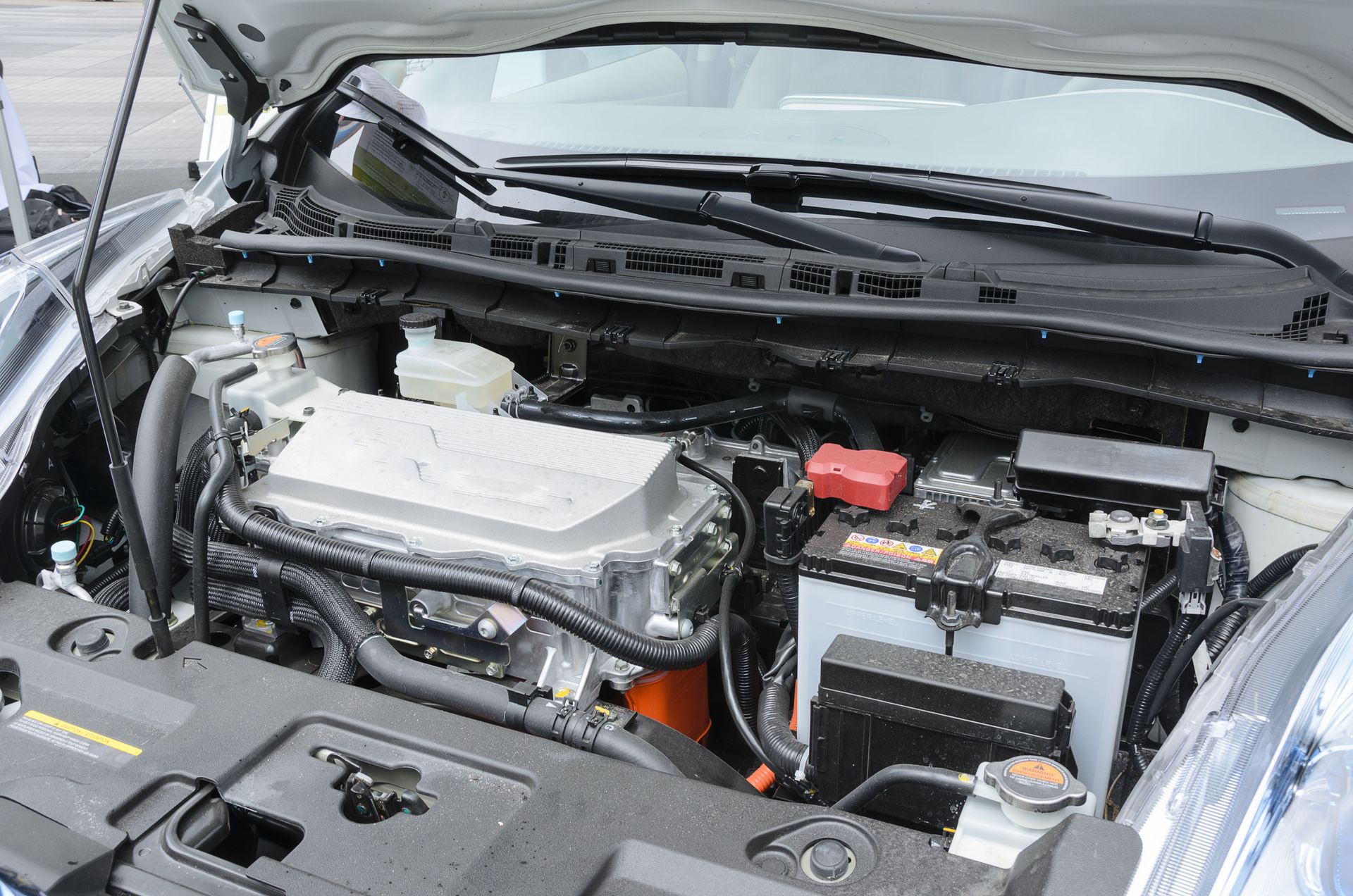
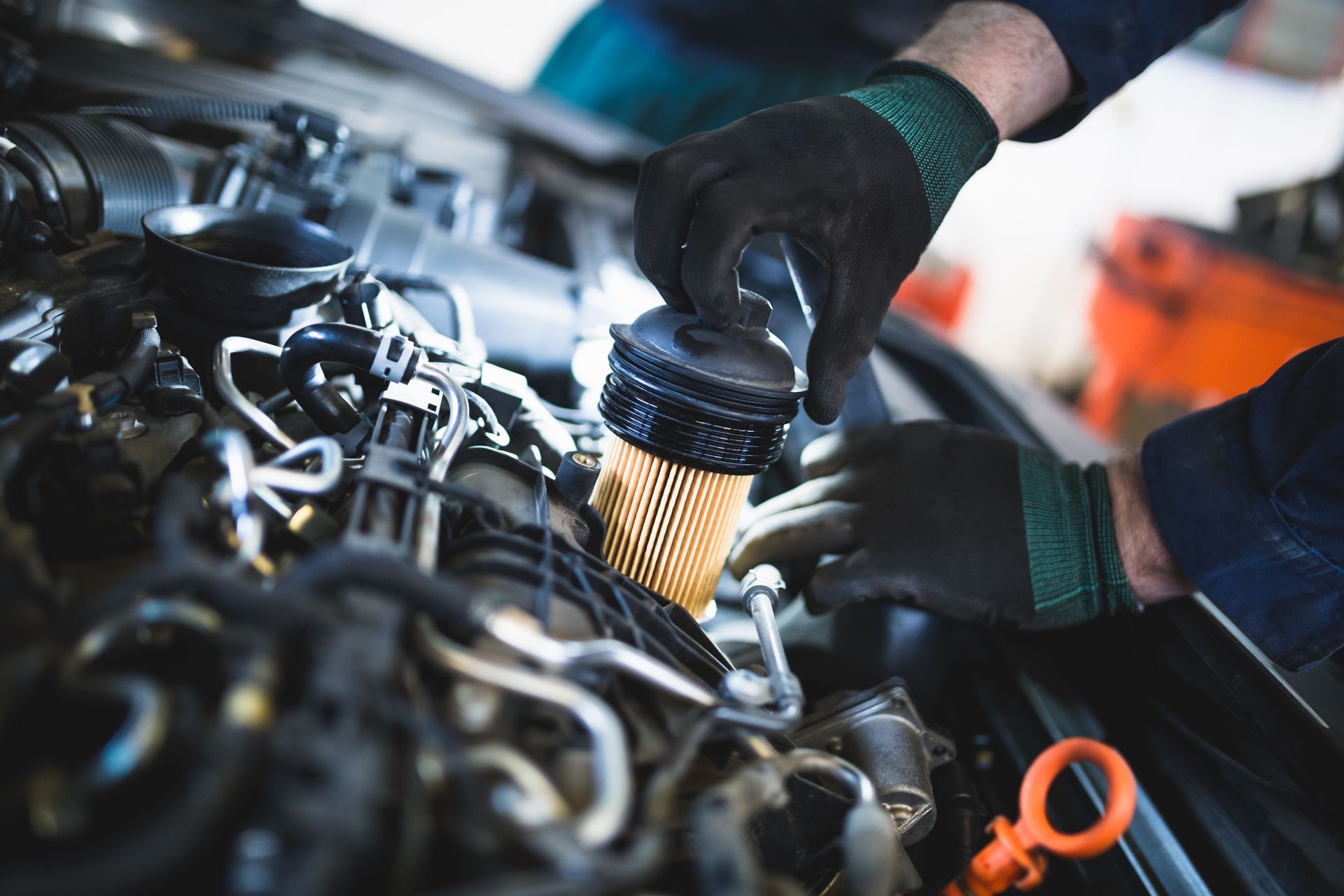
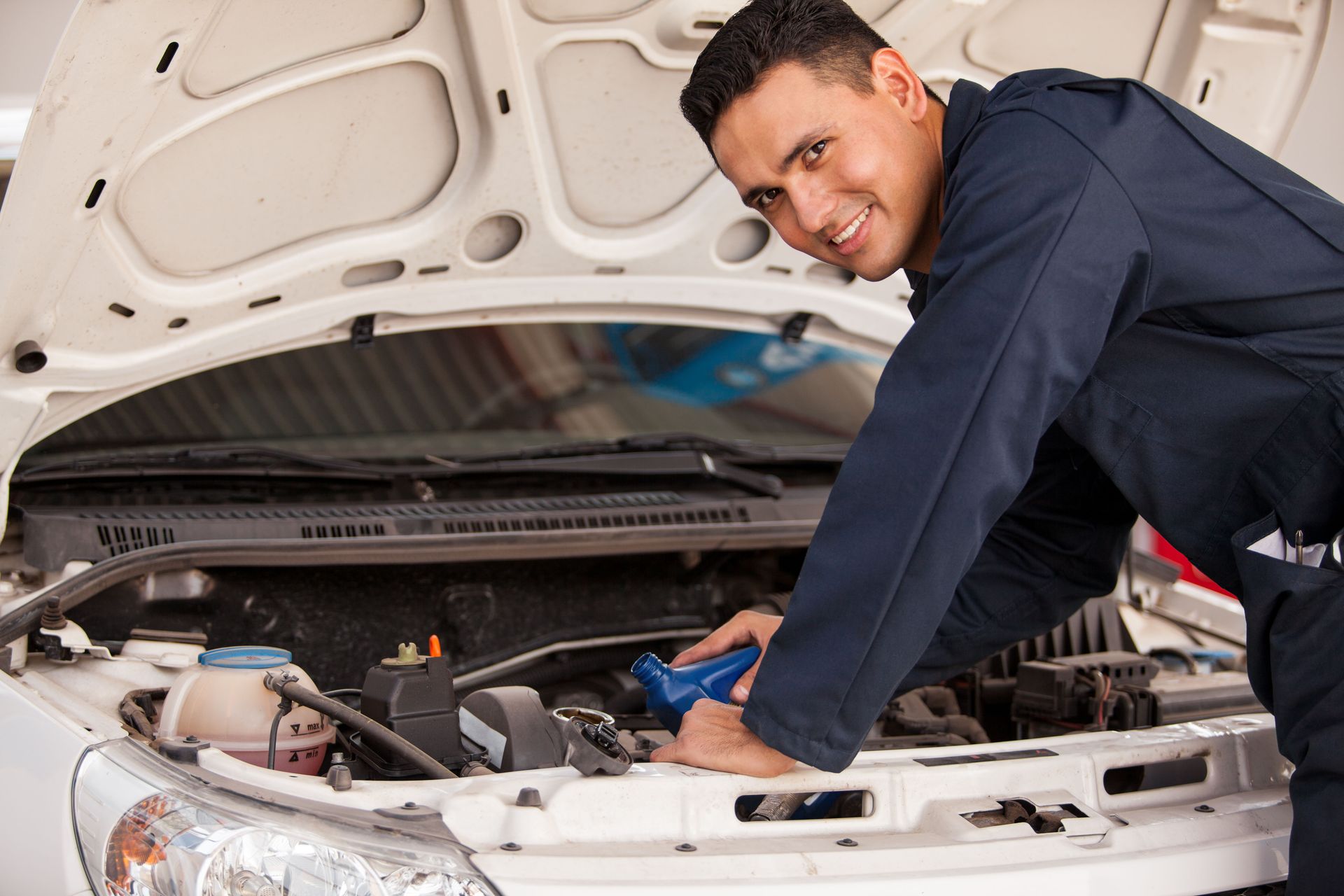
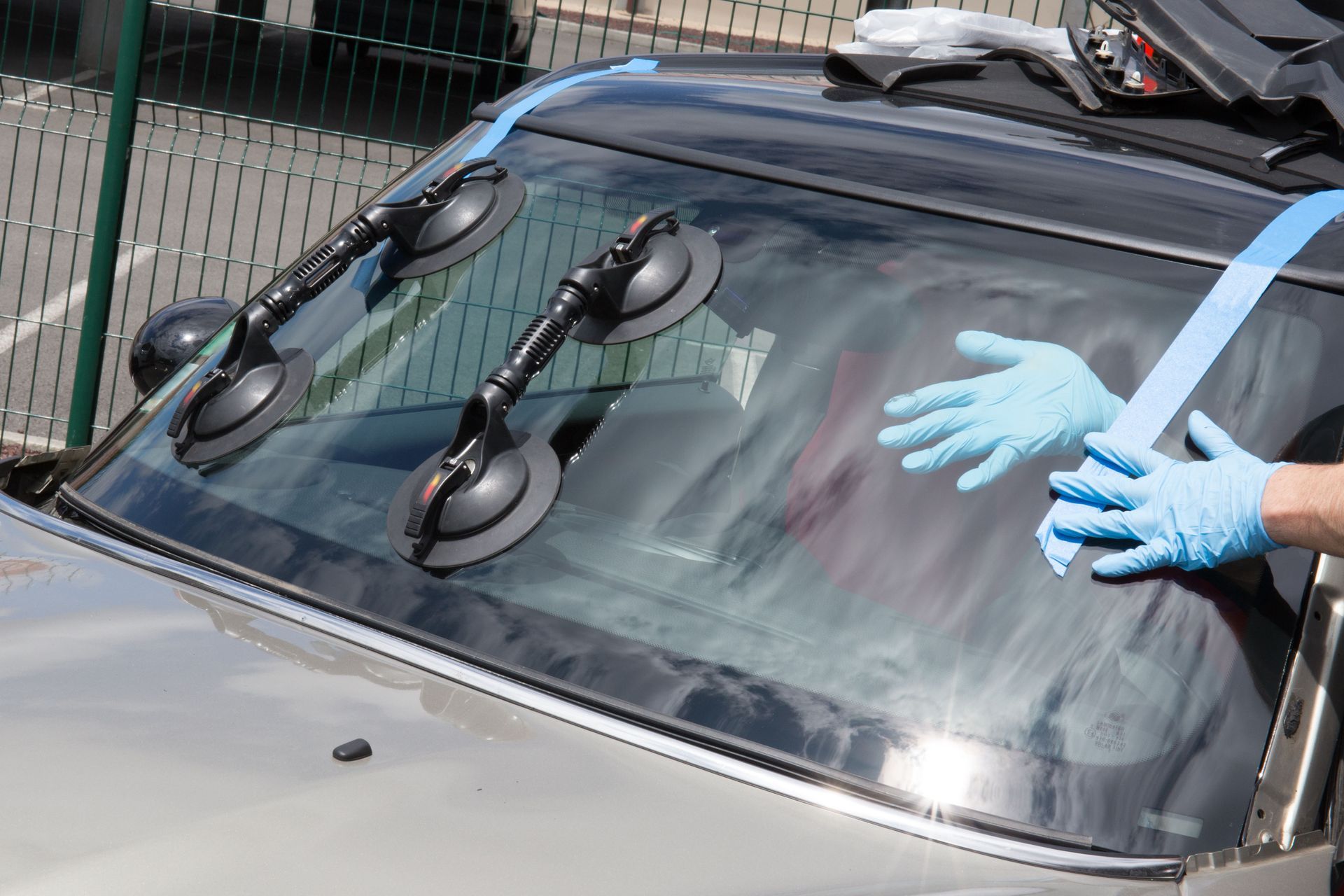
Share On: